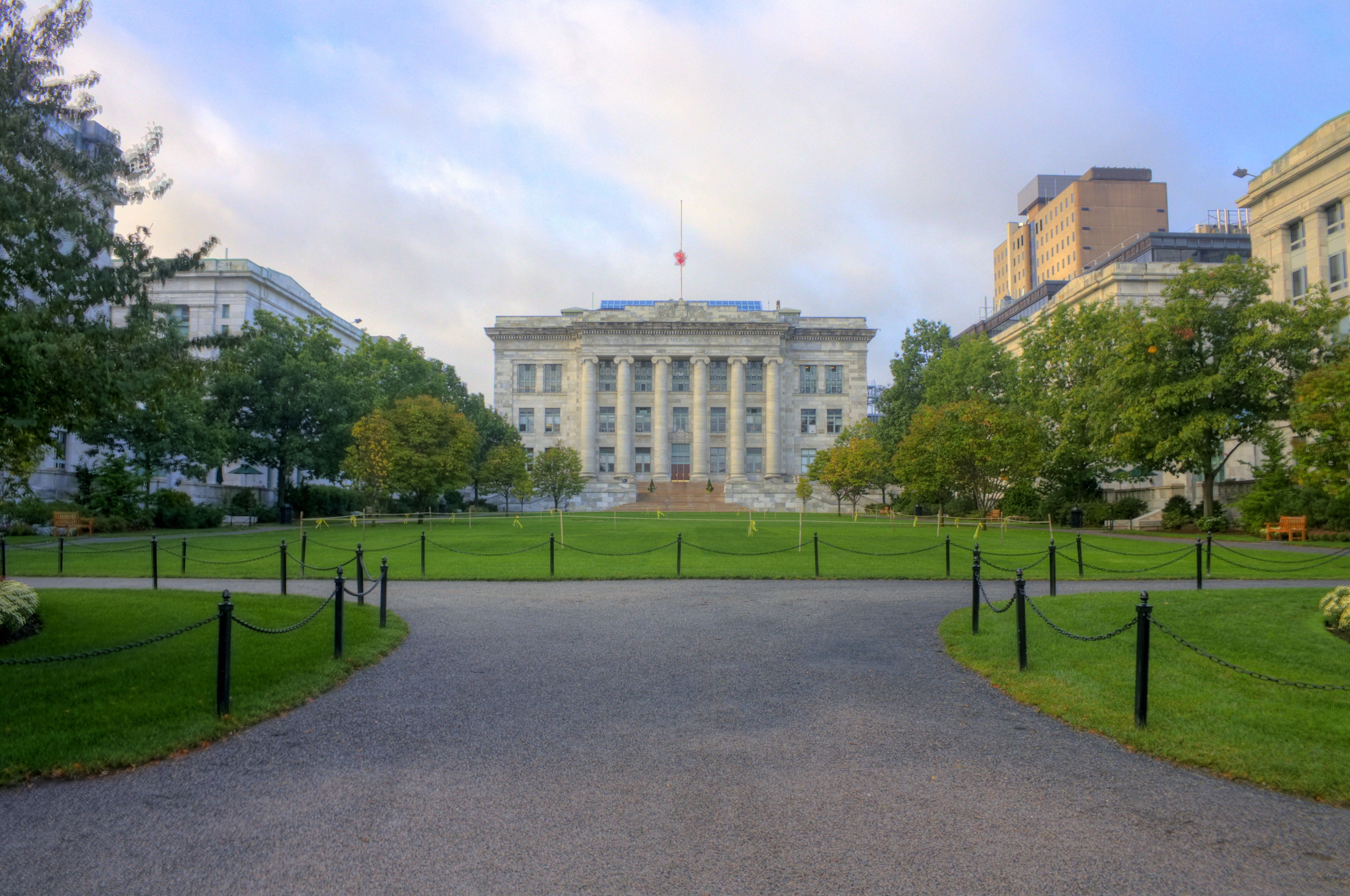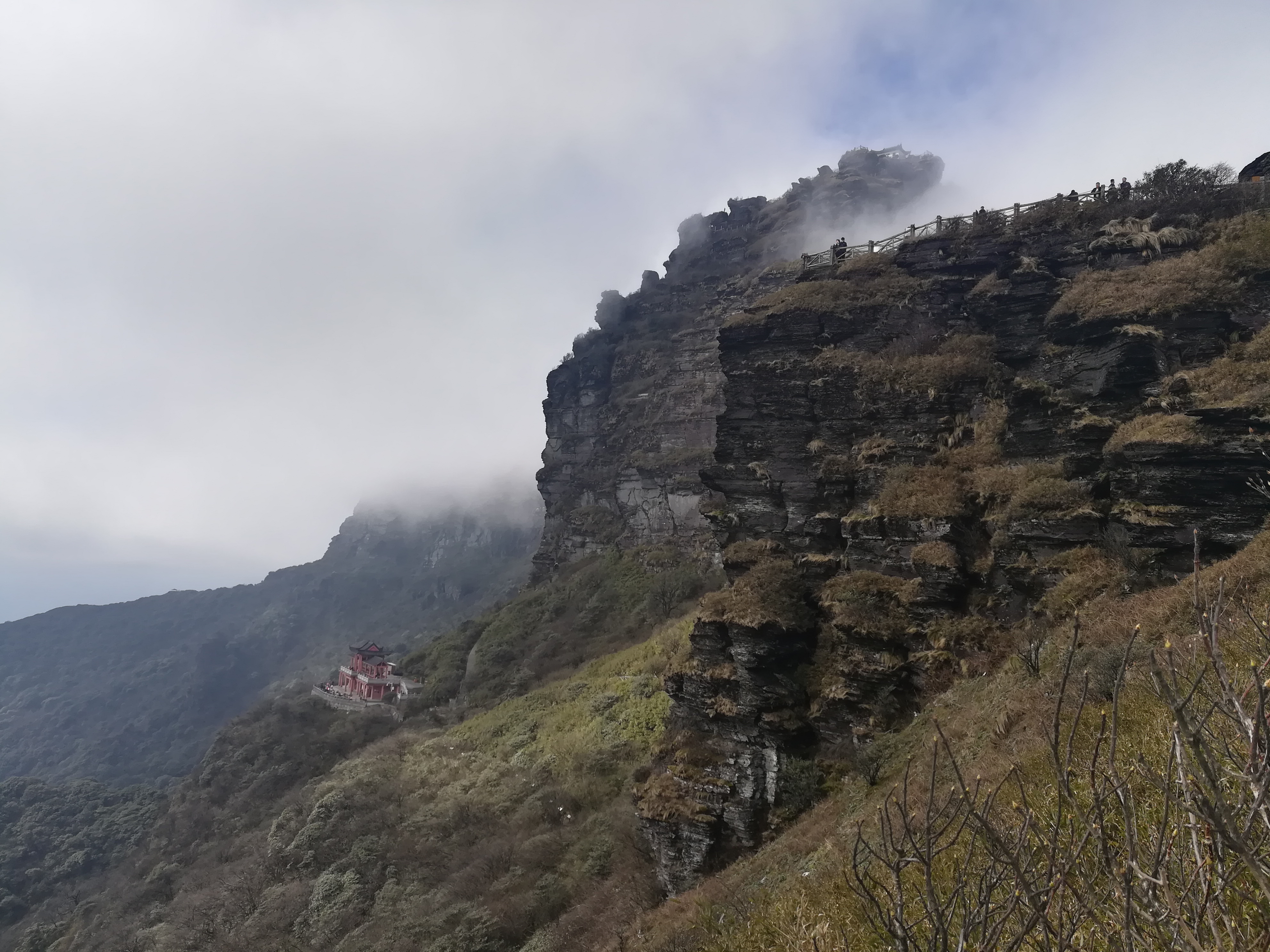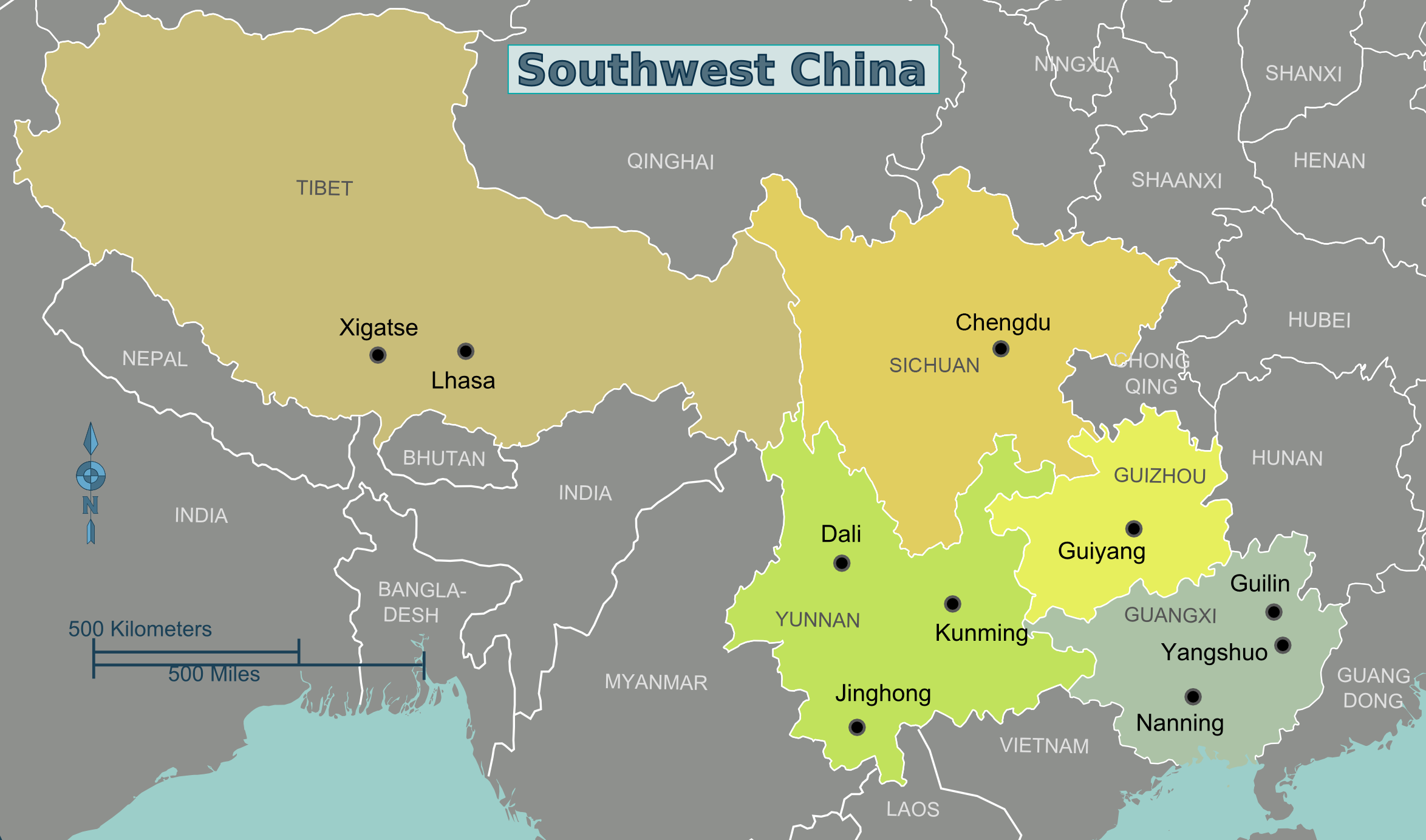|
Moutai University
Moutai Institute (), formerly known as Moutai University, is a private alcohol-centered higher education institution in Renhuai, Guizhou, Southwest China. The institute is established by Kweichow Moutai Group, the parent company of Kweichow Moutai, the producer of Moutai, known as the "national liquor" of China. The establishment of the institute aims at addressing the lack of technical skills and talent in the liquor industry of China. The preparatory work to establish Moutai Institute began in 2012, and approved by the Ministry of Education of China in May 2017. There are five majors in the institute – including distilling, wine-making, food quality and safety Safety is the state of being "safe", the condition of being protected from harm or other danger. Safety can also refer to the control of recognized hazards in order to achieve an acceptable level of risk. Meanings There are two slightly di ..., resource recycling science and engineering, and marketing. The ... [...More Info...] [...Related Items...] OR: [Wikipedia] [Google] [Baidu] |
Private University
Private universities and private colleges are institutions of higher education, not operated, owned, or institutionally funded by governments. They may (and often do) receive from governments tax breaks, public student loans, and grant (money), grants. Depending on their location, private universities may be subject to government regulation. Private universities may be contrasted with public university, public universities and national university, national universities. Many private universities are nonprofit organizations. Africa Egypt Egypt currently has 20 public universities (with about two million students) and 23 private universities (60,000 students). Egypt has many private universities, including The American University in Cairo, the German University in Cairo, the British University in Egypt, the Arab Academy for Science, Technology and Maritime Transport, Misr University for Science and Technology, Misr International University, Future University in Egypt and ... [...More Info...] [...Related Items...] OR: [Wikipedia] [Google] [Baidu] |
Renhuai
Renhuai () is a county-level city located in the north of Guizhou province, China, bordering Sichuan province to the west. It is under the administration of the prefecture-level city of Zunyi. The city is served by Zunyi Maotai Airport Zunyi Maotai Airport is an airport in Renhuai city, which is under the administration of the prefecture-level city of Zunyi in Guizhou Province, China. It is located in Yinshui Village, Gaodaping Town, from downtown Renhuai. The airport is n .... Administrative divisions * Under the jurisdiction of Renhuai, it is subdivided into 19 township-level divisions (13 towns and 6 townships); subdivided into 22 communities and 149 villages. Climate References County-level divisions of Guizhou Zunyi {{Guizhou-geo-stub ... [...More Info...] [...Related Items...] OR: [Wikipedia] [Google] [Baidu] |
Guizhou
Guizhou (; formerly Kweichow) is a landlocked province in the southwest region of the People's Republic of China. Its capital and largest city is Guiyang, in the center of the province. Guizhou borders the autonomous region of Guangxi to the south, Yunnan to the west, Sichuan to the northwest, the municipality of Chongqing to the north, and Hunan to the east. The population of Guizhou stands at 38.5 million, ranking 18th among the provinces in China. The Dian Kingdom, which inhabited the present-day area of Guizhou, was annexed by the Han dynasty in 106 BC. Guizhou was formally made a province in 1413 during the Ming dynasty. After the overthrow of the Qing in 1911 and following the Chinese Civil War, the Chinese Communist Party took refuge in Guizhou during the Long March between 1934 and 1935. After the establishment of the People's Republic of China, Mao Zedong promoted the relocation of heavy industry into inland provinces such as Guizhou, to better prot ... [...More Info...] [...Related Items...] OR: [Wikipedia] [Google] [Baidu] |
Suburban
A suburb (more broadly suburban area) is an area within a metropolitan area, which may include commercial and mixed-use, that is primarily a residential area. A suburb can exist either as part of a larger city/urban area or as a separate political entity. The name describes an area which is not as densely populated as an inner city, yet more densely populated than a rural area in the countryside. In many metropolitan areas, suburbs exist as separate residential communities within commuting distance of a city (cf "bedroom suburb".) Suburbs can have their own political or legal jurisdiction, especially in the United States, but this is not always the case, especially in the United Kingdom, where most suburbs are located within the administrative boundaries of cities. In most English-speaking countries, suburban areas are defined in contrast to central or inner city areas, but in Australian English and South African English, ''suburb'' has become largely synonymous with ... [...More Info...] [...Related Items...] OR: [Wikipedia] [Google] [Baidu] |
Guizhou Province
Guizhou (; formerly Kweichow) is a landlocked province in the southwest region of the People's Republic of China. Its capital and largest city is Guiyang, in the center of the province. Guizhou borders the autonomous region of Guangxi to the south, Yunnan to the west, Sichuan to the northwest, the municipality of Chongqing to the north, and Hunan to the east. The population of Guizhou stands at 38.5 million, ranking 18th among the provinces in China. The Dian Kingdom, which inhabited the present-day area of Guizhou, was annexed by the Han dynasty in 106 BC. Guizhou was formally made a province in 1413 during the Ming dynasty. After the overthrow of the Qing in 1911 and following the Chinese Civil War, the Chinese Communist Party took refuge in Guizhou during the Long March between 1934 and 1935. After the establishment of the People's Republic of China, Mao Zedong promoted the relocation of heavy industry into inland provinces such as Guizhou, to better protect them fr ... [...More Info...] [...Related Items...] OR: [Wikipedia] [Google] [Baidu] |
Southwest China
Southwest China () is a region in the south of the People's Republic of China. Geography Southwest China is a rugged and mountainous region, transitioning between the Tibetan Plateau to the west and the Chinese coastal hills (东南丘陵) and plains to the east. Key geographic features in the region include the Hengduan Mountains in the west, the Sichuan Basin in the northeast, and the karstic Yungui Plateau in the east. The majority of the region is drained by the Yangtze River which forms the Three Gorges in the northeast of the region. The narrowest concept of Southwest China consists of Sichuan, Chongqing, Yunnan, and Guizhou, while wider definitions often include Guangxi and western portions of Hunan. The official government definition of Southwest China includes the core provinces of Sichuan, Chongqing, Yunnan, and Guizhou, in addition to the Tibet Autonomous Region. History Portions of Southwest China were incorporated in the 3nd century BCE into the Qin dyn ... [...More Info...] [...Related Items...] OR: [Wikipedia] [Google] [Baidu] |
Kweichow Moutai Group
Guizhou (; formerly Kweichow) is a landlocked province in the southwest region of the People's Republic of China. Its capital and largest city is Guiyang, in the center of the province. Guizhou borders the autonomous region of Guangxi to the south, Yunnan to the west, Sichuan to the northwest, the municipality of Chongqing to the north, and Hunan to the east. The population of Guizhou stands at 38.5 million, ranking 18th among the provinces in China. The Dian Kingdom, which inhabited the present-day area of Guizhou, was annexed by the Han dynasty in 106 BC. Guizhou was formally made a province in 1413 during the Ming dynasty. After the overthrow of the Qing in 1911 and following the Chinese Civil War, the Chinese Communist Party took refuge in Guizhou during the Long March between 1934 and 1935. After the establishment of the People's Republic of China, Mao Zedong promoted the relocation of heavy industry into inland provinces such as Guizhou, to better protect them from ... [...More Info...] [...Related Items...] OR: [Wikipedia] [Google] [Baidu] |
Kweichow Moutai
Kweichow Moutai Co., Ltd. is a partial publicly traded, partial state-owned enterprise in China, specializing in the production and sales of the spirit Maotai baijiu, together with the production and sale of beverage, food and packaging material, development of anti-counterfeiting technology, and research and development of relevant information technology products. As of 2021, it is the largest beverage company in the world and China's most valuable non-technology company. In 2022, Kweichow Moutai overtook Tencent as China's largest company by market capitalization. History Its A shares were listed in the Shanghai Stock Exchange in 2001. It is one of the few Chinese listed companies whose share price had exceeded CNY100. The price reached CNY803.5 in 2018. Kweichow Moutai is a subsidiary of Kweichow Moutai Group, which in turn is owned by the . It is the world's largest distiller and the world's most valuable spirit company, having surpassed Diageo in April 2017. Kwei ... [...More Info...] [...Related Items...] OR: [Wikipedia] [Google] [Baidu] |
Moutai
Maotai or Moutai is a style of baijiu, a distilled Chinese liquor (spirit), made in the town of Maotai in China's Guizhou province. Produced by the state-owned Kweichow Moutai Company, it is distilled from fermented sorghum and comes in several different varieties. Maotai uses simple materials such as grain and water to produce its flavor. After four years of brewing in urns, it is ready to be sold. Maotai originated during the Qing Dynasty (1644–1912), when northern Chinese distillers introduced advanced techniques to local processes to create a distinctive type of baijiu. Thereafter Maotai was produced at several local distilleries. During the Chinese Civil War, People's Liberation Army forces camped at Maotai and partook of the local liquor. Following the Communist victory in the war, the government consolidated the local distilleries into one state-owned company, Kweichow Moutai (the name is an old romanization of "Guizhou Maotai"). It became a very popular drink at state ... [...More Info...] [...Related Items...] OR: [Wikipedia] [Google] [Baidu] |
Wine-making
Winemaking or vinification is the production of wine, starting with the selection of the fruit, its fermentation into alcohol, and the bottling of the finished liquid. The history of wine-making stretches over millennia. The science of wine and winemaking is known as oenology. A winemaker may also be called a vintner. The growing of grapes is viticulture and there are many varieties of grapes. Winemaking can be divided into two general categories: still wine production (without carbonation) and sparkling wine production (with carbonation – natural or injected). Red wine, white wine, and rosé are the other main categories. Although most wine is made from grapes, it may also be made from other plants. (See fruit wine.) Other similar light alcoholic drinks (as opposed to beer or spirits) include mead, made by fermenting honey and water, cider ("apple cider"), made by fermenting the juice of apples, and perry ("pear cider"), made by fermenting the juice of pears, and kumis, ... [...More Info...] [...Related Items...] OR: [Wikipedia] [Google] [Baidu] |
Food Quality
Food quality is a concept often based on the organoleptic characteristics (e.g., taste, aroma, appearance) and nutritional value of food. Producers reducing potential pathogens and other hazards through food safety practices is another important factor in gauging standards. A food's origin, and even its branding, can play a role in how consumers perceive the quality of products. Sensory Consumer acceptability of foods is typically based upon flavor and texture, as well as its color and smell. Safety The International Organization for Standardization identifies requirements for a producer's food safety management system, including the processes and procedures a company must follow to control hazards and promote safe products, through ISO 2200Federal and state level departments, specifically The Food and Drug Administration, are responsible for promoting public health by, among other things, ensuring food safety. Food quality in the United States is enforced by the Food Safety Act 19 ... [...More Info...] [...Related Items...] OR: [Wikipedia] [Google] [Baidu] |
Food Safety
Food safety (or food hygiene) is used as a scientific method/discipline describing handling, food processing, preparation, and food storage, storage of food in ways that prevent foodborne illness, food-borne illness. The occurrence of two or more cases of a similar illness resulting from the ingestion of a common food is known as a food-borne disease outbreak. This includes a number of routines that should be followed to avoid potential health, health hazards. In this way, food safety often overlaps with food defense to prevent harm to consumers. The tracks within this line of thought are safety between industry and the market and then between the market and the consumer. In considering industry to market practices, food safety considerations include the origins of food including the practices relating to Food labelling regulations, food labeling, food hygiene, food additives and pesticide residues, as well as policies on biotechnology and food and guidelines for the management ... [...More Info...] [...Related Items...] OR: [Wikipedia] [Google] [Baidu] |






.jpg)